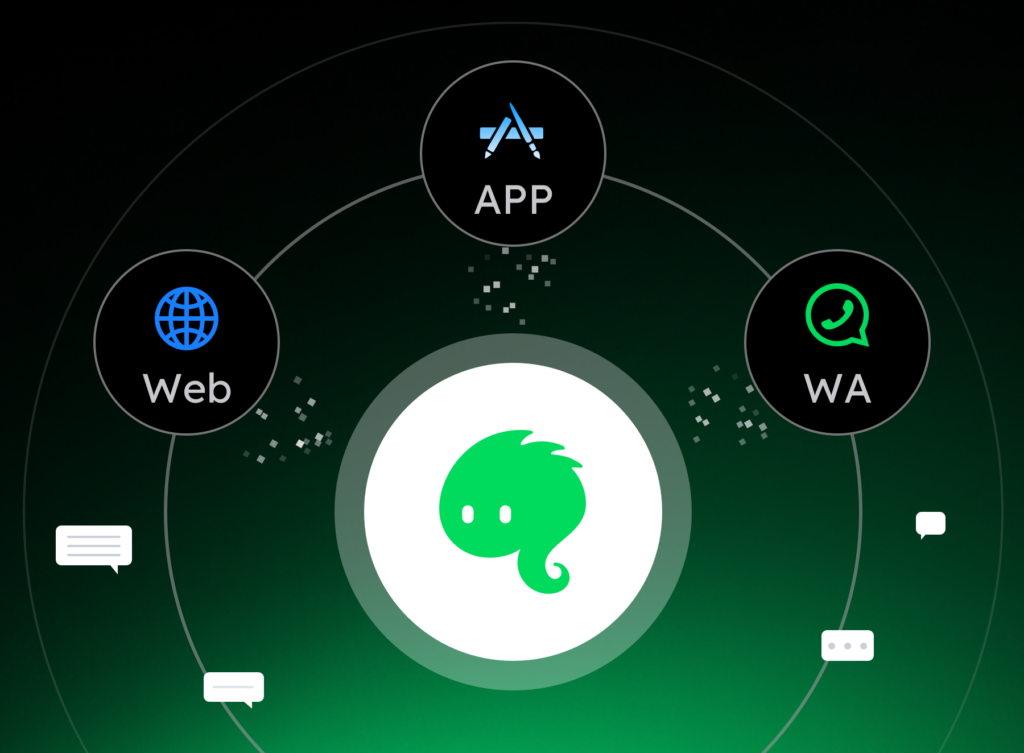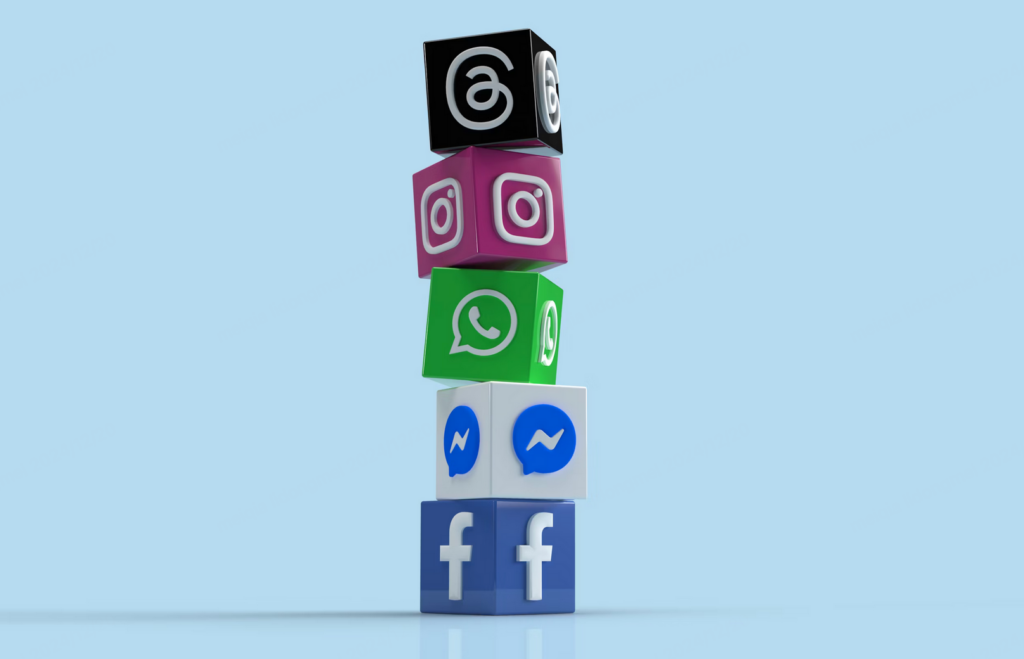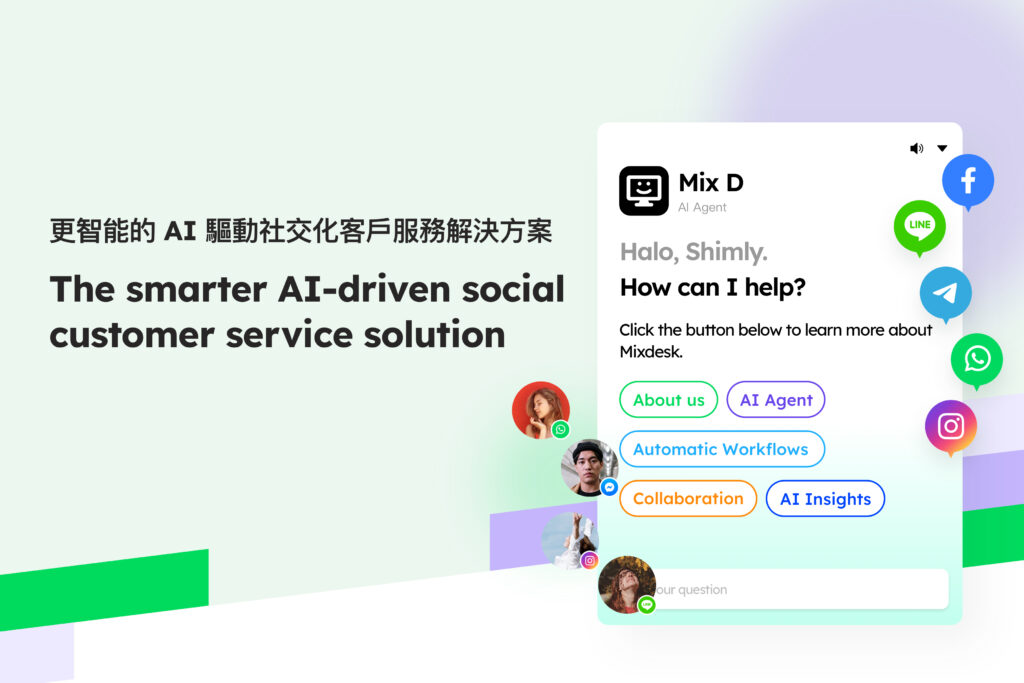In the wave of globalization, localized communication has become the core competitiveness of overseas enterprises. As the direct contact point between the brand and the customer, the quality of customer service directly determines the success or failure of customer retention and market expansion. However, when many companies operate overseas, they still rely on ordinary translation software to solve communication problems. As a result, it is often found that although the text is “translated”, the real communication effect is not satisfactory. Customer dissatisfaction, misunderstandings, and even lack of trust due to cultural differences will directly affect the repurchase rate and brand reputation.
In contrast, professional Intelligent customer service system It can provide more accurate support in understanding context, capturing customer needs, and maintaining brand consistency. This article will compare the differences between ordinary translation software and professional customer service systems, and reveal how to crack the pain points of localized communication through smarter tools.

- 1. Five limitations of ordinary translation software
- 2. The 5 game-breaking capabilities of the professional customer service system
- 3. The professional customer service system supports the value transition from "able to communicate" to "able to communicate"
- 4. Choose the right tools to make localized communication a growth engine
1. Five limitations of ordinary translation software
Ordinary translation tools may be sufficient in daily communication, but under the professional requirements of customer service scenarios, their limitations will be infinitely magnified, forming an imperceptible funnel of customer churn.
- The process is fragmented, slowing down the efficiency of customer service response
Customer service personnel need to switch repeatedly between the chat window, translation software, and the order system. For each consultation processed, the tool is switched more than 5 times on average, and the response speed is reduced by 60%. For example, when a customer asks "When will the order be shipped", the customer service needs to copy the address to the translation software, then switch the logistics system to inquire, and finally translate the reply. The whole process makes customers wait for more than 15 minutes-and studies have shown that the customer churn rate of waiting for more than 5 minutes is as high as 40%.
- Lack of cultural adaptation triggers invisible communication taboos
Cultural sensitivities in different markets are often hidden in language details, and customers in different countries have different preferences for communication styles. American customers like to express directly, and Southeast Asian users value politeness and patience more. Translation software cannot integrate brand tonality and cultural differences into the language, which can easily make communication appear blunt or even out of place.
- Distortion of professional terms, harming brand professionalism
In technical communication in 3C, home furnishing and other industries, the accuracy of terminology is essential. For example, ordinary translation software often translates "cold chain logistics" as "cold chain logistics" (literally correct but commonly used in the industry as "temperature-controlled shipping"). This deviation is not only easy to confuse customers, but also affects brand professionalism.
- Insufficient real-time and faulty communication across time zones
Some customers are accustomed to consulting at night, and some shopping peak periods are concentrated during non-working hours of the company. Ordinary translation software cannot link customer service schedules, causing the chain of "customer questions–human translation–customer service replies" to break. The survey shows that the failure to respond in time is also an important reason for the decline in customer retention.
- Text only, lack of multi-channel support
Translation tools are mainly aimed at text, and customer communication has long been extended to WhatsApp, Instagram, Facebook And other social platforms. A single translation function cannot meet the needs of multi-contact customer communication.
2. The 5 game-breaking capabilities of the professional customer service system
The essential difference between a professional customer service system and ordinary translation software lies in whether it can upgrade "language conversion" to "effective communication" and truly adapt to overseas scenarios.
- Deep integration of translation and customer service processes, doubling efficiency
The professional system breaks down the tool barriers and realizes the closed loop of the whole process of "customer consultation–automatic translation–work order creation–knowledge base recommendation–reply translation". Customer service does not need to switch interfaces. The system will automatically recognize the customer's language and translate it in real time, while pushing historical communication records and order information. like Mixdesk Such an intelligent customer service platform can help cross-border enterprises complete all operations within one interface, greatly shortening the response time.

- Cultural contextualization and adaptation, communication is more "grounded"
专业系统支持企业后台上传自有的文化知识库,用于训练 AI,实现更加地道的本地化沟通,实现 AI 客服自动适配地区习俗与节日场景。这样的场景化适配,让企业沟通更贴近客户的文化语境。
- AI customer service is online 24/7, and the message is returned in seconds
With the help of AI-driven virtual customer service, companies can be online 24/7. No matter when and where customers initiate a consultation, they can get an instant response to avoid the loss of waiting for too long.
- Multi-language + multi-platform support
The professional customer service system can automatically recognize multiple languages and seamlessly integrate with mainstream platforms such as WhatsApp and Messenger. Enterprises can centrally manage messages from different channels to ensure that the communication experience is always consistent and efficient. For example Mixdesk's omni-channel message aggregation feature, Can help the team uniformly process customer requests from WhatsApp, Messenger, and Instagram in one workbench, greatly improving operational efficiency.

Mixdesk is an overseas multi-channel intelligent customer communication platform that can unify multiple channels such as Facebook, Instagram, WhatsApp, Line, Telegram, and Email to help companies communicate and serve customers. Mixdesk also supports AI employee functions, allowing enterprises to achieve more efficient automated customer service.
3. The professional customer service system supports the value transition from "able to communicate" to "able to communicate"
Ordinary translation software only stays at the basic level of “language fluency and comprehension", while professional customer service systems focus on the deep value of “good communication and poor service"-this difference is ultimately transformed into the core competitiveness of enterprises in customer experience, operational efficiency and brand building.:
1. Double improvement in customer satisfaction and retention rate: Use ”localized communication" to build trust
When customers can get a response in their native language and in a way that fits local cultural habits, the sense of trust will be significantly enhanced. The data show that the customer satisfaction and repurchase rate of communicating in the customer's native language + cultural adaptation have been significantly improved compared to “mechanical translation communication”.
2. Two-way reduction of operating costs: AI improves efficiency + reduces hidden losses
The AI module of the professional customer service system can undertake 80% of high-frequency consultations (such as order inquiry and logistics tracking) without manual intervention, directly reducing customer service labor costs; at the same time, the hidden costs caused by “communication misunderstandings” are greatly reduced, further reducing after-sales rework costs and improving overall operational efficiency.
3. Unification of global brand image: Use ”standardized service" to precipitate long-term trust
Regardless of whether customers come from Europe, Southeast Asia or the Middle East, the professional customer service system can pass unified service standards (such as timeliness of response, professional terminology, and problem-solving processes), so that customers in different regions can feel the same brand professionalism, and lay the foundation for trust in the global market expansion.
4. Choose the right tools to make localized communication a growth engine
The battlefield of customer service localization for overseas companies is no longer a primary competition of "with or without translation", but a high-level competition of "whether trust can be established through communication". In actual business, companies not only need translation, but also need A communication tool that understands business and customers。 This is exactly Mixdesk The advantages of this kind of professional customer service system:
- Access to large models such as ChatGPT: In-depth understanding of the context, ensure that the response is accurate and natural, and avoid the “blunt literal translation” common in translation software.
- Automatic multilingual recognition and real-time translation: Whether it is a consultation from a Spanish customer or an after-sales question from a Japanese user, smooth communication can be achieved.
- Support picture & voice message recognition:Whether it is a screenshot of the order uploaded by the customer, a faulty photo, or a voice sent directly, Mixdesk can accurately identify and respond efficiently.
- Knowledge base driven: Mixdesk can access the company's own data to ensure that the robot's answers are based on real information, not “made up”.
- Unified management of all channels: From WhatsApp to Instagram, all customer messages are processed in one interface, efficiently and without omissions. It can not only avoid service deviations caused by cultural differences, but also effectively touch the core needs of customers.
Mixdesk
AI Agent

Choose an intelligent customer service solution that truly understands the overseas scene, so that every customer interaction becomes a plus for the brand.
When communication is no longer an obstacle, but a bridge, the brand can truly go global.
